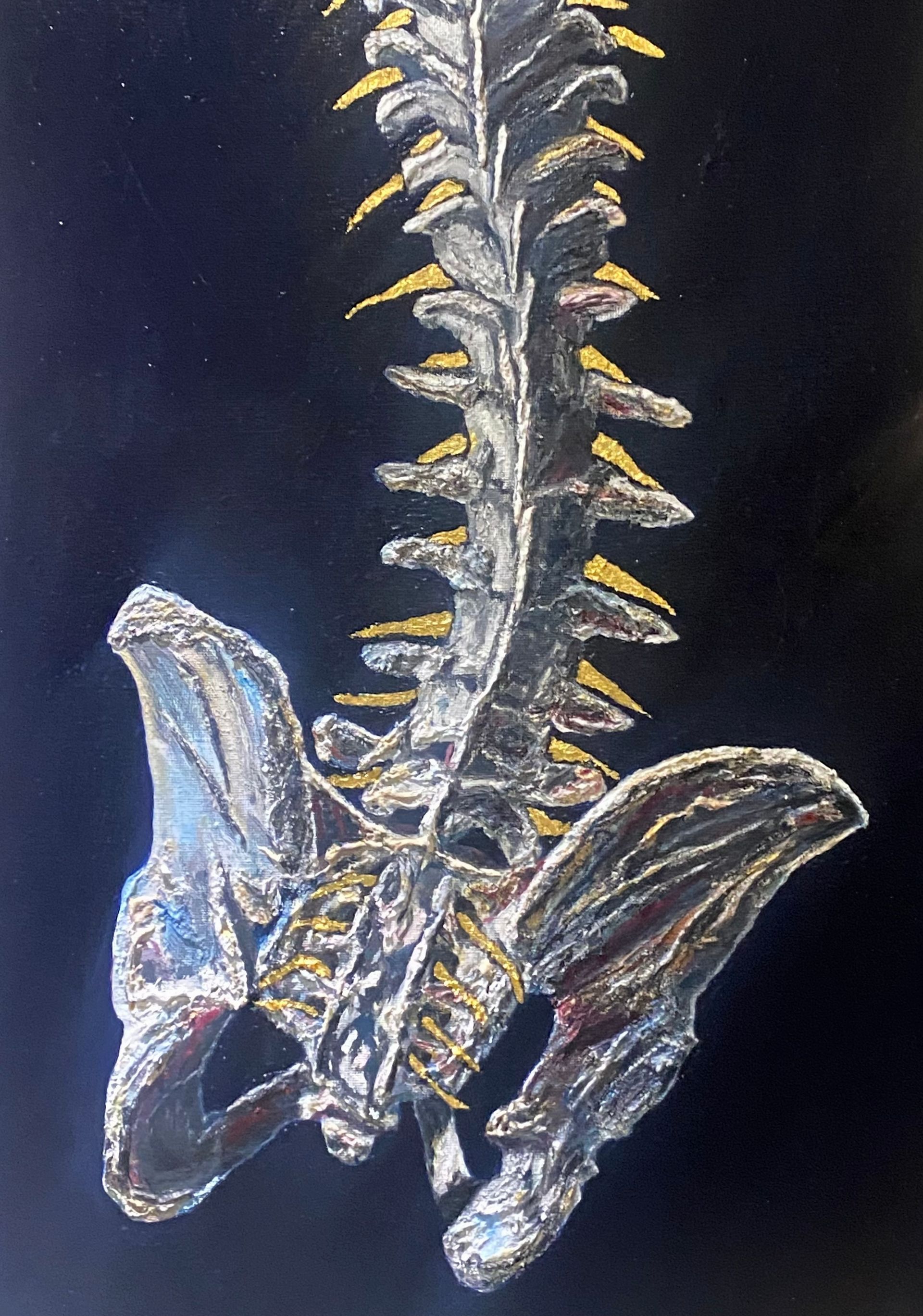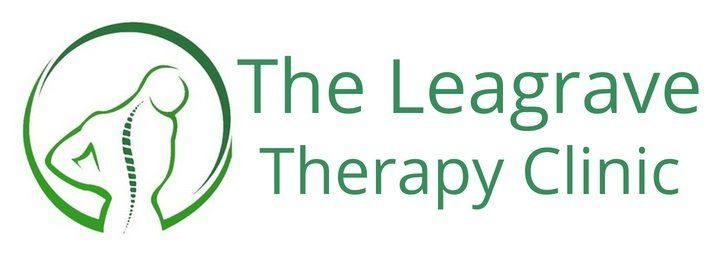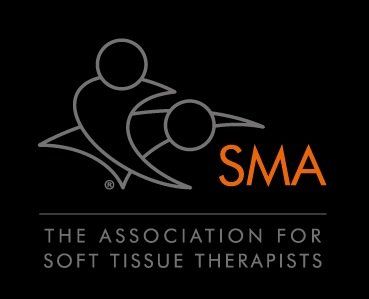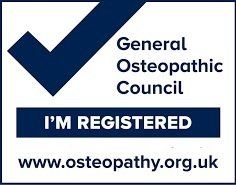How Osteopathy & Sports Massage Can Help With Nerve Entrapment Symptoms

Difference Between Osteopathy & Sports Massage Application
Nerve entrapment syndromes such as sciatica, carpal tunnel syndrome or thoracic outlet syndrome all occur when a peripheral nerve is compressed or irritated, often by surrounding muscles, fascia, or bony structures. Common symptoms include pain, tingling, numbness and weakness along the affected nerve’s pathway. Conservative management, including manual therapies like osteopathy and sports massage, can play a significant role in alleviating these symptoms by targeting contributing musculoskeletal dysfunctions.
Osteopathy and Nerve Entrapment
Osteopathy is a form of manual therapy that focuses on diagnosing and treating dysfunctions of the body’s structure and function, especially those involving the musculoskeletal system, via postural assessment and joint range of movement testing. Osteopaths use techniques such as soft tissue manipulation, joint mobilisations, myofascial release, and nerve gliding to restore normal mobility and reduce tissue tension.
For example, in sciatica where the sciatic nerve can be compressed by the piriformis (deep buttock) muscle or lumbar spine (lower back) structures osteopathic treatment may include joint resistant techniques to release tight hip rotators, mobilisations to increase lumbar segmental mobility and postural education to prevent recurrence. A systematic review by Orrock and Myers (2013) found that osteopathic manipulative treatment (OMT) can significantly reduce pain and improve function in patients with lower back pain, which often involves sciatic nerve irritation.
Additionally, osteopaths may use neurodynamic techniques which are gentle, controlled movements that mobilise the nerve within its surrounding tissues to reduce mechanosensitivity and restore normal nerve function (Shacklock, 2005).
Sports Massage and Nerve Entrapment
Sports massage focuses on manipulating soft tissues to improve circulation, reduce muscle tension, and enhance range of motion around the joint. When nerve entrapment is caused or worsened by tight muscles or fascial adhesions, targeted massage can help release these structures.
For instance, in carpal tunnel syndrome, tight forearm flexors may contribute to compression of the median nerve. A 2015 study by Moreira
et al., found that manual therapy techniques, including deep transverse friction massage, reduced pain and improved function in patients with carpal tunnel syndrome (Moreira, R. F.,
et al.,
2015).
Sports massage can also address secondary issues such as myofascial trigger points which may mimic or worsen nerve pain. Studies indicate that releasing these trigger points can reduce referred pain and improve nerve mobility (Fernández-de-Las-Peñas, C.,
et al., 2009).
Complementary Effects and Individualised Care
Both osteopathy and sports massage emphasise patient-specific assessment and treatment plans. While osteopaths may address joint restrictions or postural imbalances that contribute to nerve compression, massage therapists focus on local muscular tension and soft tissue quality. Combining these approaches can be particularly effective for example, releasing tight muscles with massage and then restoring joint mobility with osteopathic techniques. Evidence supports combining manual therapies with exercise and ergonomic advice for longer-lasting improvements. A 2019 systematic review concluded that multimodal conservative care, including manual therapy and exercise is effective for various entrapment neuropathies (Fernández-de-Las-Peñas, C., et al., (2019).
Nerve entrapment syndromes can significantly impact quality of life, but manual therapies like osteopathy and sports massage offer effective, non-invasive ways to address contributing musculoskeletal factors. By reducing muscle tension, improving joint mobility and restoring normal nerve function, these therapies help alleviate pain, restore mobility and reduce the likelihood of recurrence. Further research will continue to refine best practices and optimal combinations of manual therapy and active rehabilitation.
Short Osteopathy with Massage Techniques Video
References
- Orrock, P. J., & Myers, S. P. (2013). Osteopathic intervention in chronic non-specific low back pain: A systematic review. BMC Musculoskeletal Disorders, 14(1), 129. https://doi.org/10.1186/1471-2474-14-129
- Shacklock, M. (2005). Clinical Neurodynamics: A New System of Musculoskeletal Treatment. Elsevier.
- Moreira, R. F., et al. (2015). Effects of deep transverse friction massage on pain, pressure pain threshold, and grip strength in patients with carpal tunnel syndrome: A randomized controlled trial. Journal of Manipulative and Physiological Therapeutics, 38(9), 663–671. https://doi.org/10.1016/j.jmpt.2015.09.002
- Fernández-de-Las-Peñas, C., et al. (2009). Myofascial trigger points and their relationship to referred pain and motor dysfunction. Current Pain and Headache Reports, 13(5), 365–372.
- Fernández-de-Las-Peñas, C., et al. (2019). Effectiveness of manual therapy and exercise for carpal tunnel syndrome: A systematic review and meta-analysis. Journal of Orthopaedic & Sports Physical Therapy, 49(12), 832–841. https://doi.org/10.2519/jospt.2019.8990



